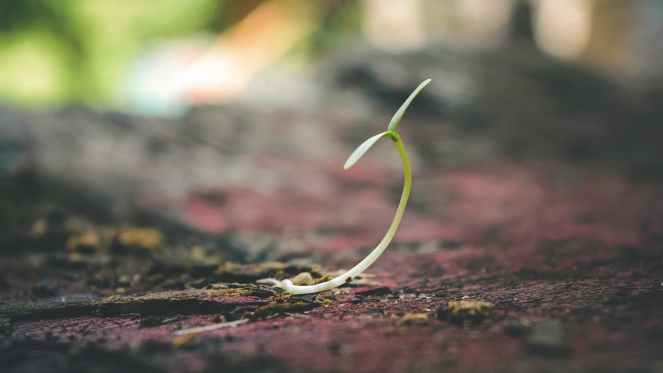Last year before the old year ended and the new year began, I wrote about making my priorities the big rocks that got placed first, and then using the remaining space to fill in with other activities.

I was successful with some parts and not so successful with others. It’s been a strange year with the pandemic so I am not surprised some stuff I wanted to do went off the rails. However, I am not spending any time on whatifs or should haves. Instead, I am looking at what I have learned and how I can change up some of my practices and habits.
I’ve gotten into scheduling and specificity, something Christine Hennebury has written about here. Then Sam reminded me about habit-making, and I remembered a post TracyI wrote back in 2016 in which she reported on a study that debunked the 21-day rule to form or break a habit. In fact, the research says it takes about 66 days to make a new habit stick.
Sam’s reminder came in the form of an article and audio piece talking about BJ Fogg and his latest book, Tiny Habits: The Small Changes that Change Everything. Fogg, a behaviour scientist at Standford, has developed a framework that supports the hacking of human behaviour to make changes stick.
Fogg describes the foundation of his Tiny Habits framework thusly: There are three things that come together at the same time for any behavior to happen.There’s got to be motivation to do the behavior. Second is the ability to do the behavior. And the third is a prompt. The prompt is anything that reminds you or says, “Do this behavior now.” And when those three things come together at the same moment, a behavior happens.
At its simplest, Fogg’s theory about looking at your goals, breaking them down into the small steps, and identifying the tweaks (tiny habits) you can make to get you there. In his example of wanting to read more, he recommends first scaling back the goal to its smallest point: reading a paragraph a day. As it is so small, there’s no excuse to avoid it.
Second, he says to find a natural place in our daily lives to make this happen. Maybe reading is something you can do over breakfast, on the subway, or in the bath. Third, associate the successful completion of the activity with a positive emotion. It could be a little dance, a fist pump, or singing a chorus of your favourite song.
Reading this article came at the right time for me as I work on my plan for the coming year. I’ve been looking at why (motivation) I want to do certain things, I’ve been trying to be SMART (Specific, Measurable, Achievable, Realistic, and Timely) about the objectives, and I have been really looking hard at the prompts and rewards.
I’ve reupped my participation in the 221 in 2021 Challenge; in light of my desire to make activity a daily habit, I’m looking at Fogg’s principles and seeing where and how I can add a little more movement every day naturally.
What might be some tiny habits you will adopt this year to help make positive changes?
MarthaFitat55 lives and works and moves in St. John’s, Newfoundland and Labrador.
Great post, I had no idea about the 66 days to embed a new habit, thanks for sharing 👍
Reading 10 pages a day, minimum from a self help or business book. Also- Reading the one year Bible each day as it’s laid out.